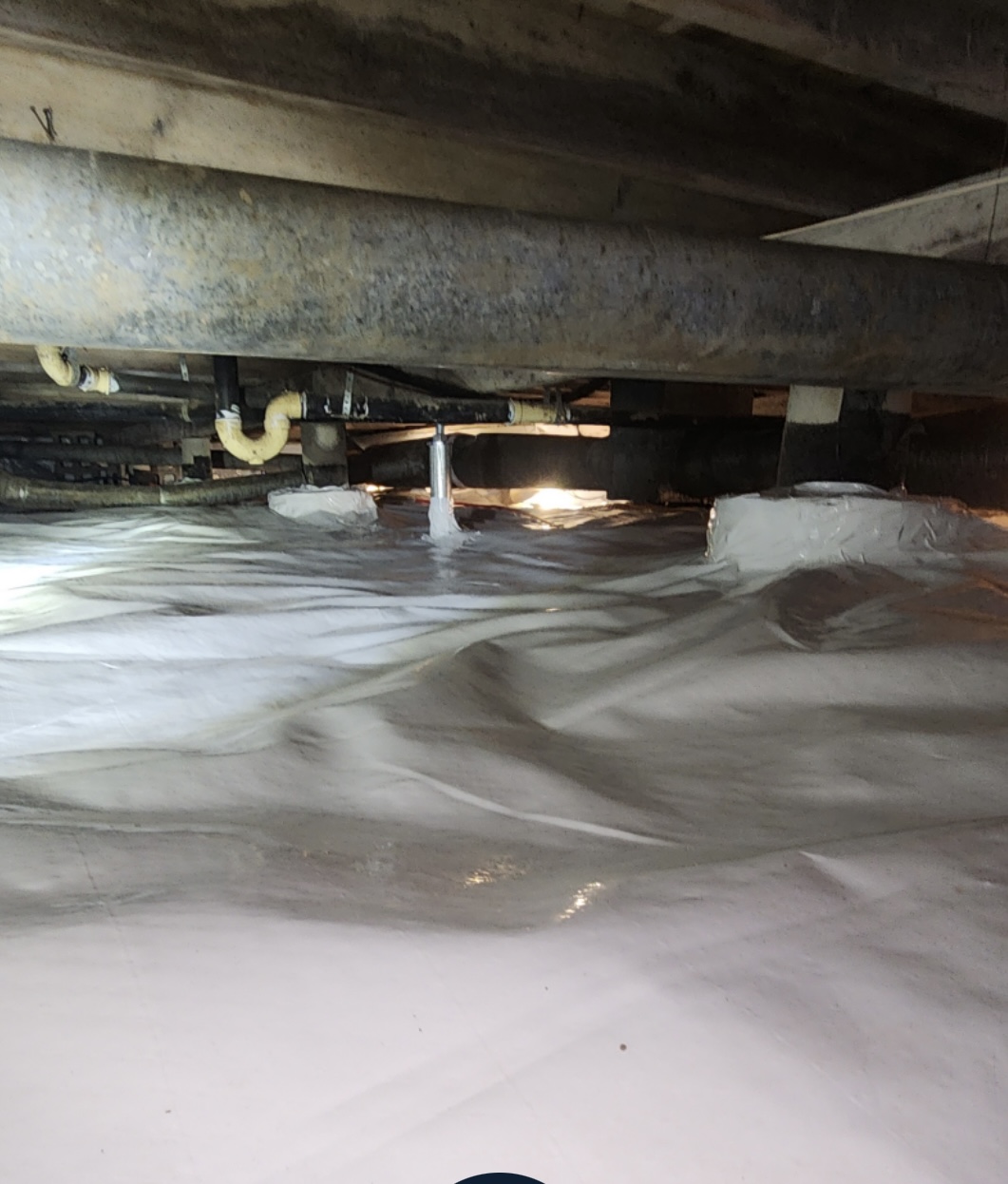
Basement and foundation water intrusion in Springfield MO threatens structural integrity and indoor air quality. By understanding local soil conditions, and available solutions, homeowners can safeguard their properties. This article explores why basement leaks occur, outlines basement, crawl space, and foundation waterproofing methods, and explains how to choose the right contractor for lasting moisture control.
Basement leaks in Springfield MO stem from clay-rich soil that expands with moisture and a high water table that exerts hydrostatic pressure on foundation walls. This combination forces water through cracks, compromising stability and promoting mold growth.
Springfield’s clay soil swells when wet and shrinks as it dries, creating ground movement that opens tiny fissures in foundation walls. Meanwhile, a high water table pushes groundwater into basements through those openings, increasing humidity and risk of flooding.
Clay-rich soil expands when wet and shrinks when dry, causing ground movement that can damage foundations. This movement can lead to cracks, allowing water intrusion. The high water table in Springfield, MO, exacerbates these issues by increasing hydrostatic pressure against foundation walls.
Basement water damage presents several visible and olfactory indicators, including musty odors emanating from damp walls or flooring, peeling paint or flaking masonry along wall bases, dark water stains or efflorescence on concrete surfaces, and visible mold patches or mildew spots in corners. These symptoms signal compromised moisture barriers and highlight the need for professional waterproofing solutions.
Effective basement waterproofing combines interior and exterior systems to intercept water and redirect it away from the foundation. Homeowners often turn to expert waterproofing and foundation repair in Springfield MO for tailored moisture-control plans.
Interior systems channel water entering through wall cracks into a hidden drainage channel installed at the footing perimeter. A sump pump then expels collected water outside, preventing accumulation and reducing hydrostatic pressure.
Exterior membranes and drainage mats block water at its source. Waterproofing membranes adhere to exterior walls to block moisture, sealing out groundwater entirely. Exterior French drains, consisting of perforated pipes surrounded by gravel trenches, divert water away from the footing. Combining these methods ensures both surface and subsurface water are managed before they reach the basement interior.
Sump pumps become essential when indoor water accumulation is frequent or groundwater levels sit near the foundation’s base. Installing a submersible or pedestal pump prevents seasonal flooding and maintains a consistently dry basement.
Encapsulating crawl spaces and installing moisture-control systems transforms damp, drafty underfloor areas into stable, conditioned zones that protect against rot and improve energy efficiency.
Crawl space encapsulation seals the ground and walls with a durable vapor barrier, which can improve energy efficiency by reducing air infiltration. This method also protects against wood rot and pest infestations, and improves indoor air quality by blocking mold spores. Encapsulation creates a cleaner subfloor environment and reduces humidity-related problems upstairs. This citation supports the article’s claims about the benefits of crawl space encapsulation, providing credibility to the advantages discussed.
Vapor barriers block ground moisture from rising, preventing mold and wood decay. Dehumidifiers lower humidity to recommended levels, maintaining consistent dryness. Together, these systems stabilize the crawl space, reducing structural stress and allergy triggers throughout the home. Springfield experiences humid summers, which can significantly increase moisture levels in crawl spaces if not properly managed, making these systems even more critical.
Comprehensive foundation waterproofing addresses wall cracks and hydrostatic pressure to protect load-bearing elements and maintain property value.
Crack repair often involves epoxy or polyurethane injection, which seals fissures and restores structural strength. This method fills voids and prevents water passage through compromised concrete or masonry.
Key exterior drainage measures include installing footing drains to collect and redirect groundwater, grading landscape to slope away from the foundation, downspout drainage extension and adding gravel-filled trenches around the perimeter. These strategies relieve pressure on foundation walls and minimize the chances of future cracks.
Selecting a qualified contractor ensures optimal results, transparent pricing, and reliable workmanship.
Costs vary based on the scope of work (interior channels vs. exterior membranes), the extent of soil excavation and grading required, and the type and capacity of sump pump or dehumidifier installed. Obtaining multiple written estimates clarifies budget considerations and service comparisons.
Professional waterproofing offers proven techniques and industry-grade materials, warranty-backed installations for long-term assurance, and safety protocols during excavation and equipment setup. These benefits outweigh the risks of incomplete or incorrect DIY efforts.
A reputable waterproofing contractor provides manufacturer warranties on membranes and pumps, labor guarantees covering workmanship for 10–25 years, and free maintenance inspections within the warranty period. Strong warranties demonstrate confidence in performance and encourage ongoing system upkeep.
Homes near the James River and Pomme de Terre River in Springfield, MO, are particularly susceptible to basement leaks due to flooding. These events, driven by rising water levels, can cause over 85% of water intrusion issues. Understanding how fluvial inundation and hydrostatic pressure affect foundations is crucial for prevention. Rising floodwaters exert hydrostatic pressure, forcing water through foundation cracks, joints, and vulnerable entry points like window wells. This necessitates mitigation systems designed for sustained high water tables.
Effective prevention strategies for river-adjacent properties integrate mechanical, structural, and landscape solutions. This includes installing high-capacity sump pumps with battery backups, utilizing interior and exterior drainage systems, applying waterproof membranes and sealants, and implementing proper landscape grading and flood barriers. These layered defenses adapt to changing flood scenarios and significantly reduce the risk of water intrusion.
Don’t let water damage compromise your home’s integrity and your family’s health. Our expert team in Springfield, MO, offers comprehensive waterproofing solutions tailored to your specific needs. From basement leaks to crawl space moisture, we have you covered.
Basement leaks in Springfield, MO, arise from unique soil dynamics and groundwater pressures that challenge standard foundations. Implementing interior drainage, exterior membranes, crawl space encapsulation, and foundation crack repairs addresses these issues at their source. By evaluating cost factors, verifying warranties, and choosing a proven local contractor, homeowners can secure lasting moisture control and protect their investment.